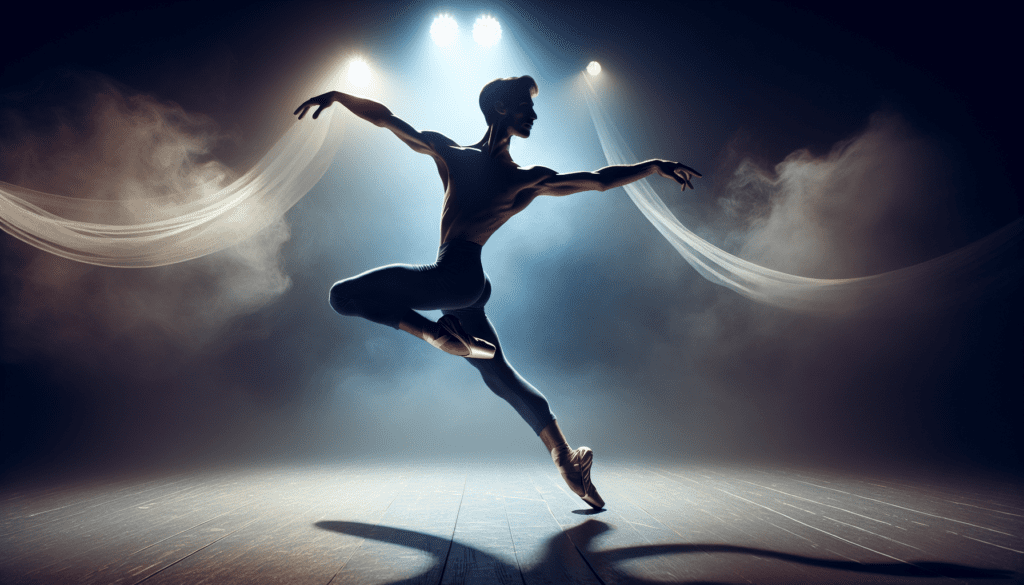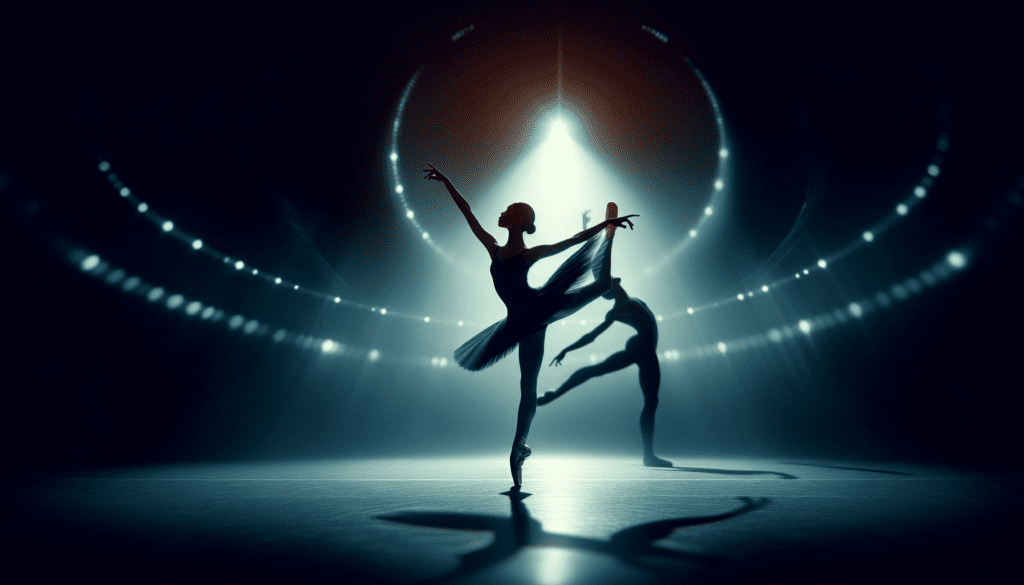Master of Arts in Dance (MA Dance) is an advanced academic program designed to refine your expertise in both the theoretical and practical dimensions of dance. This distinguished degree offers intensive training that will elevate your artistry, fostering a deeper understanding of various dance forms, choreography, and performance studies. Through a rigorous curriculum, you will engage with historical and contemporary dance practices, enhance your technical proficiency, and develop a critical eye for dance analysis. MA Dance not only equips you with advanced artistic skills but also prepares you for leadership roles in performance, education, and choreography within the ever-evolving field of dance. Have you ever considered how pursuing advanced studies in dance can unlock countless opportunities? If so, the Master of Arts in Dance (MA Dance) might be the perfect pathway for you. This advanced program not only refines your technical skills but also enriches your theoretical understanding of dance, offering a comprehensive education that merges practice with academic proficiency.
What is an MA in Dance?
The Master of Arts in Dance is a postgraduate degree designed to provide an in-depth study of dance as both an art form and an academic discipline. This program typically spans over two years and focuses on advanced dance techniques, choreography, performance, and dance theory. It allows you to explore various dance genres and their cultural, historical, and social impacts.
Why Pursue an MA in Dance?
Undertaking an MA in Dance equips you with a robust skill set that can propel your career to new heights. You’ll benefit from professional training, gain a deeper understanding of dance’s role in society, and emerge with the credentials needed to stand out in a competitive field. This degree is particularly beneficial for those wanting to pursue dance education, choreographic projects, or further academic research.
Curriculum Overview
Core Courses
The curriculum for an MA in Dance covers a range of core subjects that provide foundational knowledge and skills. Although course offerings can vary between institutions, some common core courses include:
| Course Name | Description |
|---|---|
| Dance Technique | Advanced training in specific dance genres like ballet, modern, contemporary, or jazz. |
| Choreography | Techniques and theories for creating and developing new dance pieces. |
| Dance History | Study of the historical development of various dance forms and their cultural contexts. |
| Dance Theory | Examination of theoretical frameworks used to analyze and critique dance. |
| Research Methods | Introduction to qualitative and quantitative research methodologies relevant to dance studies. |
| Performance Studies | Exploration of performance art and its relationship to dance. |
Electives and Specializations
Besides mandatory core courses, you will have the opportunity to choose electives that reflect your individual interests and career goals. Some specializations might include:
- Dance Therapy: Investigating how dance can be used for psychological and emotional healing.
- Dance Technology: Utilizing technology in dance performance and education.
- Dance Education: Strategies and methods for teaching dance in various educational settings.
- Cultural Dance Studies: Understanding dance traditions from different parts of the world.

Admission Requirements
Academic Qualifications
Most programs require a bachelor’s degree in dance or a related field. However, a degree in another discipline may be acceptable if you possess substantial dance experience. Typical prerequisites include:
- Bachelor’s Degree: From an accredited institution, often with a minimum GPA requirement.
- Professional Experience: A portfolio or resume that demonstrates your previous dance training and performance experience.
Auditions and Interviews
Admission into an MA Dance program often includes an audition process to assess your technical skills and artistic potential. Additionally, interviews may be conducted to better understand your motivation, career goals, and fit for the program.
Application Materials
To complete your application, you will likely need to submit the following documents:
- Transcripts: Official academic records from previous educational institutions.
- Letters of Recommendation: Typically from dance instructors or professionals who can attest to your abilities and potential.
- Personal Statement: An essay detailing your career aspirations and reasons for pursuing an MA in Dance.
- Portfolio: A showcase of your previous performances, choreographic works, and research projects.
Learning Outcomes
Technical Proficiency
One of the primary objectives of an MA in Dance is to refine your technical skills. You will receive rigorous training that pushes the boundaries of your physical capabilities, enabling you to perform at a professional level.
Choreographic Skills
Creating original works is a crucial aspect of the program. You will learn to apply choreographic principles in developing innovative pieces, effectively communicating your artistic vision.
Research and Analysis
The program also emphasizes academic rigor. You will develop advanced research skills, allowing you to contribute to dance scholarship through critical analysis and original studies.
Pedagogical Competence
For those inclined towards teaching, the curriculum provides valuable insights into educational methodologies. You will be well-prepared to instruct the next generation of dancers in various settings, from schools to private studios.

Career Opportunities
The diverse skill set acquired through an MA in Dance opens doors to various career paths. Below are some potential careers:
| Career Path | Description |
|---|---|
| Professional Performer | Join a dance company or work as a freelance artist performing in various venues and productions. |
| Choreographer | Create, teach, and stage original dance works for companies, schools, or independent projects. |
| Dance Educator | Teach dance in K-12 schools, colleges, universities, or private studios. |
| Dance Therapist | Use dance as a therapeutic tool to help individuals improve their mental and physical well-being. |
| Dance Administrator | Manage dance organizations, companies, or festivals, handling logistics, finance, and promotion. |
| Dance Scholar | Conduct research and contribute to academic publications in dance studies. |
Top Institutions Offering MA in Dance
North America
- New York University (NYU): Known for its highly regarded Tisch School of the Arts.
- University of California, Los Angeles (UCLA): Offers robust programs through its World Arts and Cultures/Dance Department.
- The Juilliard School: Although more known for undergraduate dance, it offers advanced training opportunities as well.
Europe
- Trinity Laban Conservatoire of Music and Dance (UK): Renowned for its rigorous training and performance opportunities.
- London Contemporary Dance School (UK): Offers cutting-edge programs with strong industry connections.
- University of Roehampton (UK): Provides a balanced curriculum of practical and theoretical studies.
Asia and Australia
- Hong Kong Academy for Performing Arts: Known for its diverse and interdisciplinary approach.
- University of Melbourne (Australia): Offers a comprehensive program through its Victorian College of the Arts.
- National Institute of the Arts, Taipei National University of the Arts (Taiwan): Offers strong programs focusing on both traditional and contemporary dance forms.
Financial Considerations
Tuition and Fees
The cost of pursuing an MA in Dance can vary significantly depending on the institution and location. In the United States, tuition fees can range from $20,000 to $50,000 per year. European programs may be more affordable, especially for EU residents. For instance, tuition at UK institutions might range from £10,000 to £20,000 per year.
Scholarships and Financial Aid
Many institutions offer scholarships and financial aid to help ease the financial burden. These can be merit-based or need-based and may cover part or all of your tuition costs. It’s essential to research and apply for these opportunities early, as they can be competitive.
Additional Costs
Besides tuition, consider other expenses such as:
- Cost of Living: Rent, food, transportation, and other daily expenses.
- Materials: Dance attire, shoes, and other equipment.
- Travel: Costs associated with attending auditions, performances, and potential study-abroad opportunities.
Final Thoughts
Pursuing a Master of Arts in Dance is a significant commitment, but one that offers substantial rewards. It provides advanced training and academic rigor, equipping you with the skills and knowledge needed to succeed in various dance-related careers. Whether your goal is to perform, choreograph, teach, or research, an MA in Dance can help you reach new heights in the vibrant world of dance.
Are you ready to take the next step in your dance journey? If so, the Master of Arts in Dance could be the opportunity you’ve been waiting for.

